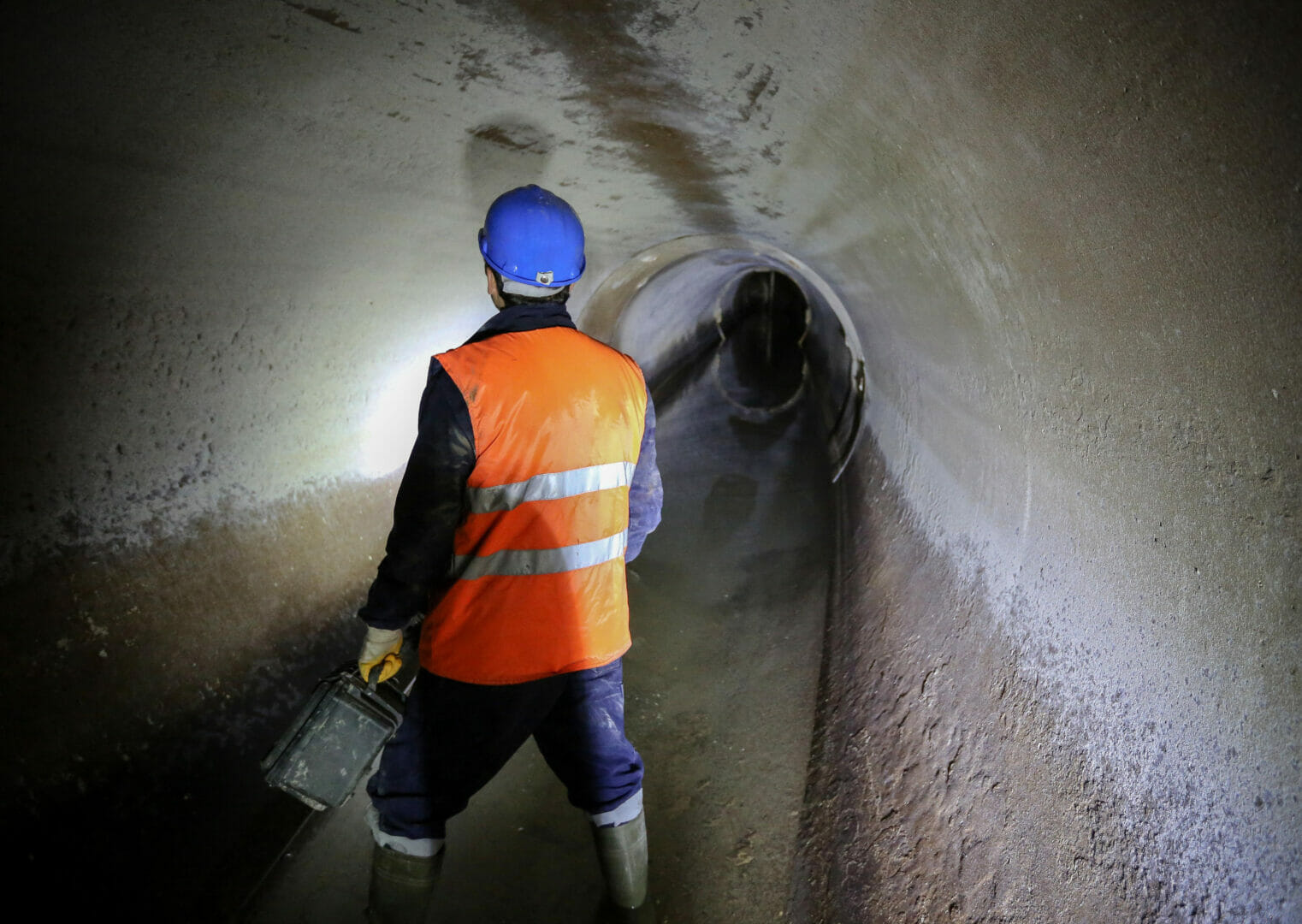In the sewer industry (wastewater) there can be a plethora of hazards encountered by personnel. Not only do personnel frequently enter confined spaces, but these areas are filled with decomposing waste and other hazardous materials. Gases emitted from these materials and O2 depletion levels are of the utmost importance to monitor in these environments. Therefore, we would need to employ a Sewer Gas Detector, otherwise known as a multi gas detector. Read on to find out more about the sewer gases, the industry around it and the ideal Sewer Gas Detector for your industry.
What is Sewer gas?
Sewer Gas Detectors are fitted with multiple sensors due to the multitude of encounterable gases in these areas. H2S and Methane are the most common ‘sewer gases’. Both Hydrogen Sulphide (H2S) and Methane (CH4) are given off from waste material as it begins to decompose. These can cause both toxic and flammable hazards. H2S in particular is highly poisonous and can cause death within minutes. Exposure to concentrations as low as 10ppm can severely affect personnel, thus demonstrating the importance of monitoring this gas. Both CH4 and H2S are highly flammable, with an LEL of 4.3% for H2S and 5% for CH4. Confined space environments in particular can become explosive very quickly due to the lack of ventilation and low percentage flammability. Thus utilising a Sewer Gas Detector is vital for safety of personnel.

Other gases that may be considered sewer gases include CO and O2, particularly for monitoring O2 depletion. There is constantly a 20.9% volume of Oxygen in the air and the volume must stay within this percentage to keep personnel healthy and alive. However, as personnel work in confined spaces, O2 can easily become replaced by CO2 as humans breathe as well as reacting with CO. Even a volume change by as little as 3% can be detrimental, therefore monitoring is vital. CO may not be commonly thought of as a sewer gas but can appear in these environments. It is a product of combustion, so may leak into sewers through generators being used in these environments, or from outside traffic. It is highly toxic in low concentrations, therefore monitoring with a Sewer Gas Detector is essential.
Other sewer gases that can possible be encountered include Ammonia, Sulphur Dioxide and Nitrogen oxide, although these are less common.
Why is it called Sewer Gas?
These substances are known as sewer gases as they are commonly found in sewers and are collected and emitted from sewer systems. These gases are also found in sewers as waste product begins to combust. Hydrogen Sulphide in particular is most commonly known as sewer gas as it is the most common hazards encountered in a sewer, as you can find it in abundance due to it being a by-product of decomposition.
What is a Sewer Gas Detector?
Sewer Gas Detectors are also known as Multi gas detector, equipped with H2S, CO, CH4 and O2 sensors. One commonly used version of this is the Senko MGT Sewer Gas Detector. This device is ideal for use as personal detection equipment as it is fitted with all of the ideal sensors needed to monitor sewer gases. IGD offer the perfect Sewer Gas Detector solution, suited for sewage treatment as well as for use in various other applications including confined spaces and the automotive industry.

The MGT Sewer Gas Detector
IGD offer the Senko MGT Sewer Gas Detector, providing detectably better multi gas detection in one lightweight and small portable. This is ideal in the sewer industry as it does not weigh the user down as well as being the most durable device on the market, suited to survive the harshest environments. This is also equipped with a large battery life, so there is no chance of battery downtime whilst in a confined space as well as the reduced need for constant charging.
The MGT Sewer Gas Detector also offers clear visual, audible, and vibration alarms for clear indication of a gas presence in any environment in addition to a 2 year warranty for peace of mind in your MGT’s competence.
Contact our team of experts today or visit the MGT product page on our website to find out more.

